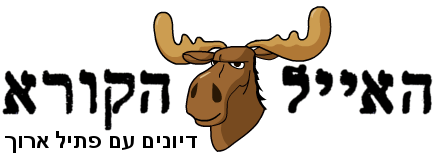Vipassana, as you can see briefly even by a very basic search (
http://en.wikipedia.org/wiki/Vipassan%C4%81)
is not a movement, but rather a method of meditation.
In fact, this is one of two main methods, the other being Shamata, taught by the buddha.
(Surely those methods, or at least versions of them, existed before the buddha, just to note it out).
Very generally speaking, Shamata points more towards concentration and calmness of the mind, while vipassana, that is commonly translated as 'Insight Meditation' point to observation of the phenomena and appearances as a way to realize the nature of reality (or of reality as grasped by the mind, just to be short here, these definitions alone i know need some more clarification).
As such, vipassana meditation is a very basic and major part of the buddhist practice, more like prayer to Judaism, if we want to follow those analogies.
Moreover, compared with other kinds of buddhist meditations (tibetan buddhism a good example here) that use complex visualisations of deities and such, the vipassana meditation itself demands almost no apriori assumptions or beliefs, and it focuses strictly on external and internal sensual inputs.
Indeed the Vipassana 10-days meditation workshops - accurately known as Guanka's vipassana workshops by the names of the one founded that format - are kind of new, but they stand on very old traditions, and somehow in the west when people talk about 'Vipassana' they point to those special workshops and practice. So there can be some confusion there. Yet the basic concept as i said is much more wide and old, and is taught and practiced in many other forms and places all over the buddhist world, eastern and western branches alike.
To say it is a physical practice is quite odd in that sense, because mostly the practitioner is sitting still, and practices the mind and not the body. (unless you call soduko solving physical practice also).
To say it give a little calmness with some spirituality, is also not accurate to my opinion, mostly because on the basics of it lies a most radical change of our concepts and view of the nature of teh world, so i wouldn't think it is the easy path for the 'shanti' practitioner.
I agree with what you say generally about the buddhism's main goals, and the vipassana is one of the main tools for those goals, in a very non-theoretical but practical way.
whether it works or not is another discussion.
I strongly disagree about the western vipassana practitioners, the suffering and unhappiness in the west world are still very common, although most of us have nice homes and plenty of easy ways to get food and medicine.
(I am almost ashamed to write such a banal thing down in that last, but that remark about the suffering demanded some response.)

























 RSS מאמרים |
כתבו למערכת |
אודות האתר |
טרם התעדכנת |
ארכיון |
חיפוש |
עזרה |
תנאי שימוש
RSS מאמרים |
כתבו למערכת |
אודות האתר |
טרם התעדכנת |
ארכיון |
חיפוש |
עזרה |
תנאי שימוש
